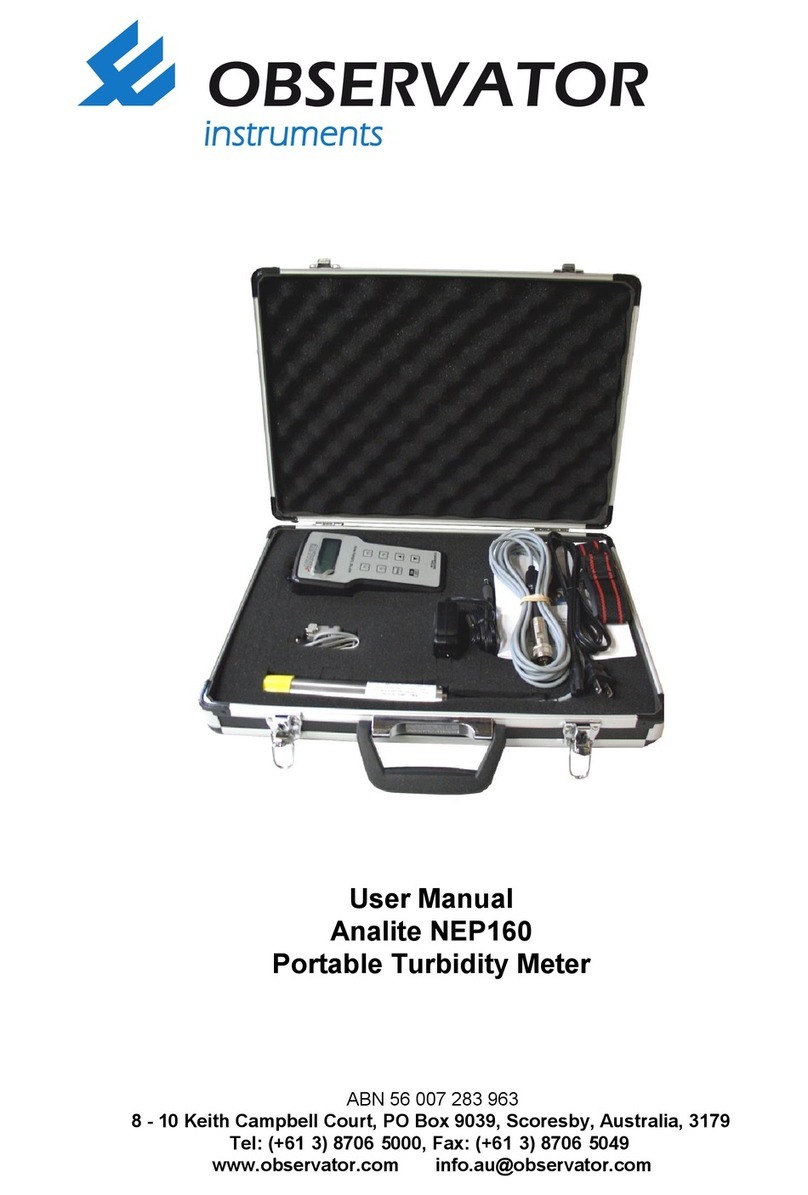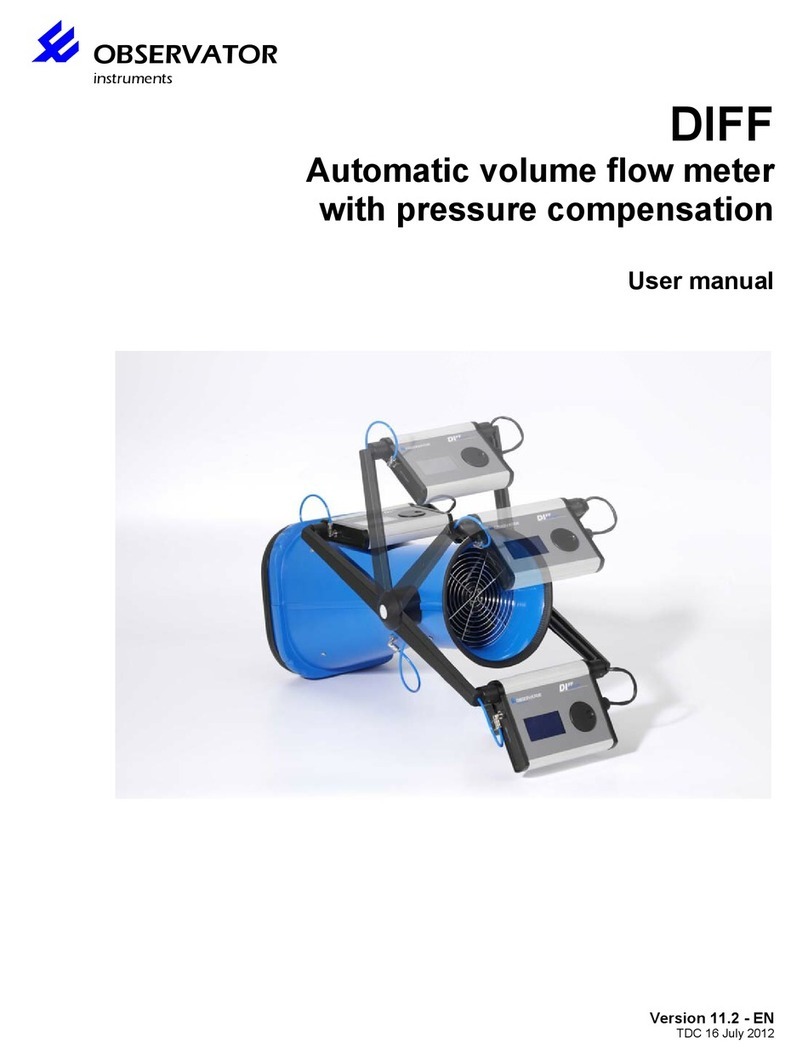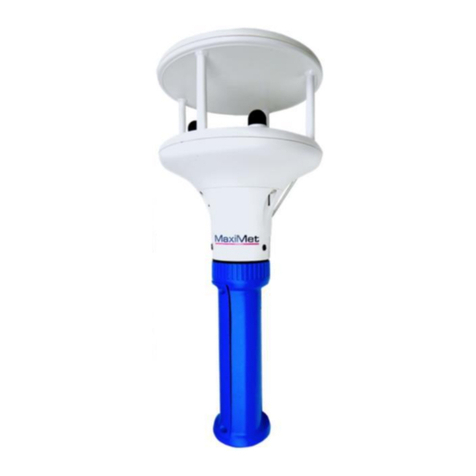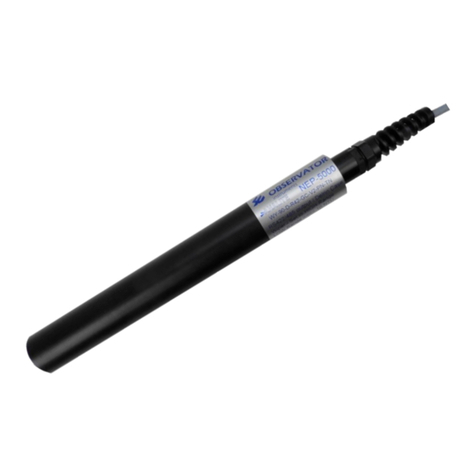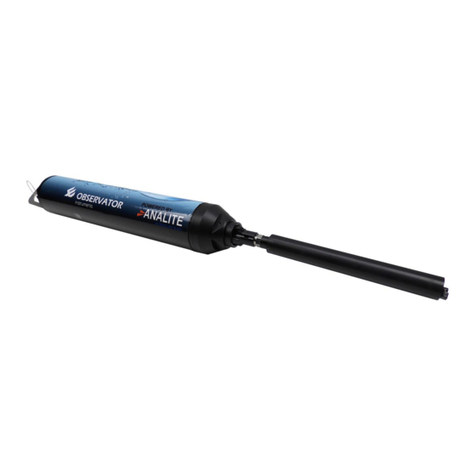
Version: 12.6 EN Date: 22-09-2020 Page: 3 of 28
User Manual Diff
AT-DIFF
Index
Index ............................................................................................................................................................. 3
1. Introduction ........................................................................................................................................... 5
2. Description and usage .......................................................................................................................... 6
2.1 Operation comfort and ergonomics .................................................................................................... 7
2.2 Operation ............................................................................................................................................ 7
2.3 Before first use .................................................................................................................................... 7
2.3.1 Inserting the batteries .................................................................................................................. 7
2.3.2 Adjustment of the arms ................................................................................................................ 8
2.3.3 Operation ..................................................................................................................................... 8
3. The menu .................................................................................................................................................. 9
3.1 Calibration ........................................................................................................................................... 9
3.2 Measurement .................................................................................................................................... 10
3.3 Datalogging ....................................................................................................................................... 10
3.4 Settings ............................................................................................................................................. 11
3.4.1 Brightness - Contrast ................................................................................................................. 11
3.4.2 Battery ....................................................................................................................................... 11
3.4.3 Language ................................................................................................................................... 11
3.4.4 Measuring unit / temperature unit .............................................................................................. 12
3.4.5 Technical menu ......................................................................................................................... 12
3.5 Overrange protection ........................................................................................................................ 12
3.6 Off ..................................................................................................................................................... 12
4. Optional Hoods ....................................................................................................................................... 13
5. Batteries .................................................................................................................................................. 14
5.1 First use of the batteries ................................................................................................................... 14
5.2 Compatible batteries ......................................................................................................................... 14
5.3 Battery life ......................................................................................................................................... 14
5.4 Lifetime ............................................................................................................................................. 14
5.5 Warnings ........................................................................................................................................... 14
6. Maintenance ........................................................................................................................................... 15
7. DIFFiner .................................................................................................................................................. 16
7.1 Installing DIFFiner............................................................................................................................. 16
7.2 Adding a project ................................................................................................................................ 17
7.3 The DIFF with a SD-card .................................................................................................................. 18
7.4 Processing the data on a computer .................................................................................................. 20
7.5 SD-card messages ........................................................................................................................... 21
8. Decommissioning ................................................................................................................................... 22
